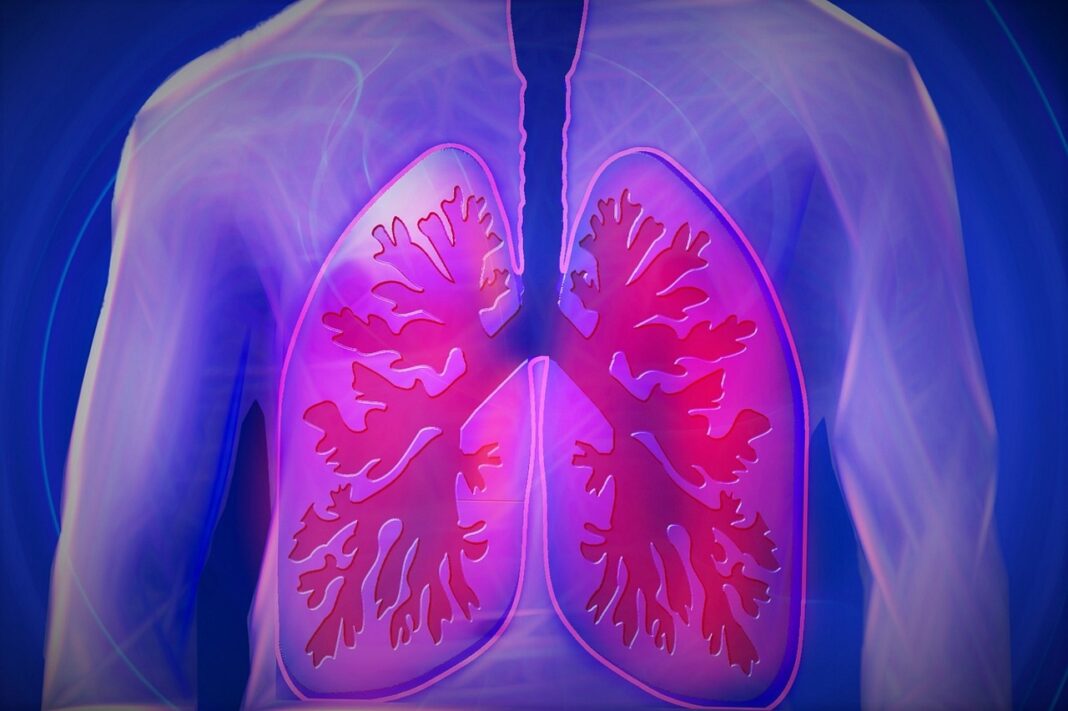Benzo(a) pyrene (BaP) is a compound found in cigarette and industrial smoke that is known to cause damage to DNA. Researchers from the Department of Health Sciences and Technology, ETH Zurich, have now reported on a study that has for the first time mapped the effects of BaP exposure on lung cells, down to the single-nucleotide level. Describing their research in ACS Central Science in an article entitled “Quantification and Mapping of Alkylation in the Human Genome Reveal Single Nucleotide Resolution Precursors of Mutational Signatures.” Corresponding author Shana J. Sturla, PhD, and colleagues, say that their technique could help to predict exposures that lead to cancers. In their paper, they concluded, “These findings suggest single-nucleotide-resolution damage sequencing may be used to identify factors promoting accumulation of chemically induced modifications in the human genome.”
The integrity of a cell’s genome is constantly being challenged by chemical alterations to DNA bases. As the authors noted, “different environmental chemical exposures and drugs induce biological effects by alkylation of DNA.” Chemical modifications to DNA bases, including DNA adducts that result from reactions with electrophilic chemicals, are known to impact on factors such as cell growth, or can cause miscoding during replication. However, the team continued, “ … assessment of chemical genotoxicity potential has relied on quantitation of overall increase in DNA damage levels, such as determined by mass spectrometry ….”
The compound benzo[a] pyrene (BaP), for example, is found in food, coal tar, and cigarette and industrial smoke, and is a known human carcinogen, the team stated. When BaP gets into a person’s body and is metabolized, the metabolite may irreversibly attach to the guanine nucleic acid in DNA. Humans are stocked with cellular repair kits that can detach the unwanted metabolites, and so the balance between damage and repair will impact on whether the mutations that could cause disease carry forward when cells replicate.
For their reported study, Sturla and colleagues wanted to explore that balance in human lung cells exposed to BaP, and determine the distribution of DNA damage throughout the cells’ entire genomes. To do this, the researchers added increasing amounts of the metabolized version of BaP to the culture medium in which human lung cells were growing. Then they used single-nucleotide-resolution DNA mapping to determine where the metabolite attached to guanosines.
Their results showed that while there was a dose-dependent relationship between exposure and DNA damage, the pattern remained stable across the genome, despite changes in the BaP metabolite’s concentration. “This study provides the first single nucleotide resolution map of damage patterns specific to the human carcinogen BaP in human cells,” they stated. “Moreover, it combines quantitative aspects of DNA damage formation throughout the genome, obtained using mass spectrometric analysis with damage-sequencing-derived distribution profiles.”
In addition, the results showed that the distribution of DNA damage was similar to a mutation pattern found in smoking-related lung cancers. “This new BaP damage signature had a profile highly similar to mutational signatures identified previously in lung cancer genomes from smokers.” The discovery, they suggested, indicates that their method could help to forecast genetic mutations related to human cancers. “These findings suggest single-nucleotide-resolution damage sequencing may be used to identify factors promoting accumulation of chemically induced modifications in the human genome,” they noted.
As the results represent the first single-nucleotide-resolution map of damage patterns specific to BaP in human cells, the researchers say their study offers up insight into the dynamic nature of DNA damage and repair processes. “Thus, these data provide insight on how genomic features shape the accumulation of alkylation products in the genome and predictive strategies for linking single-nucleotide resolution in vitro damage maps with human cancer mutations.”
The authors also acknowledged that while DNA damage signature analysis has potential for predicting mutational signatures, their reported study described the response of a single cell type, at a fixed time point, and so provided a snapshot of damage distribution during the dynamic process of DNA damage and repair. Therefore, they noted, “… further work is needed using approaches established here to unravel time-dependent evolution of DNA damage profiles and signatures in cells with diverse genetic and epigenetic characteristics, thus forming a basis for elucidation of genome-wide mutagenesis mechanisms.”



